Car shows are cool, but a chance meeting with a neat vehicle on the street adds a level of excitement that a show can’t match. That’s what’s cool about living somewhere outside the Rust Belt — incredible finds can be had just by driving down the street. In this case, the find was a 1964 Pontiac Catalina Safari in a nearby strip mall.
The full-size 1964 Pontiac was in its third year of its generation, and its second year featuring vertical headlights. Notable were the fuller front and rear ends consisting of oval headlight bezels and large boomerang-esque taillights, respectively. Along the sides, the big Ponchos featured little adornment. And since Pontiac was not granted a unique model like the Riviera, it created its own distinctive personal-luxury coupe with the classy Grand Prix, whose strength lied by bucking convention (though unique styling features certainly didn’t hurt).
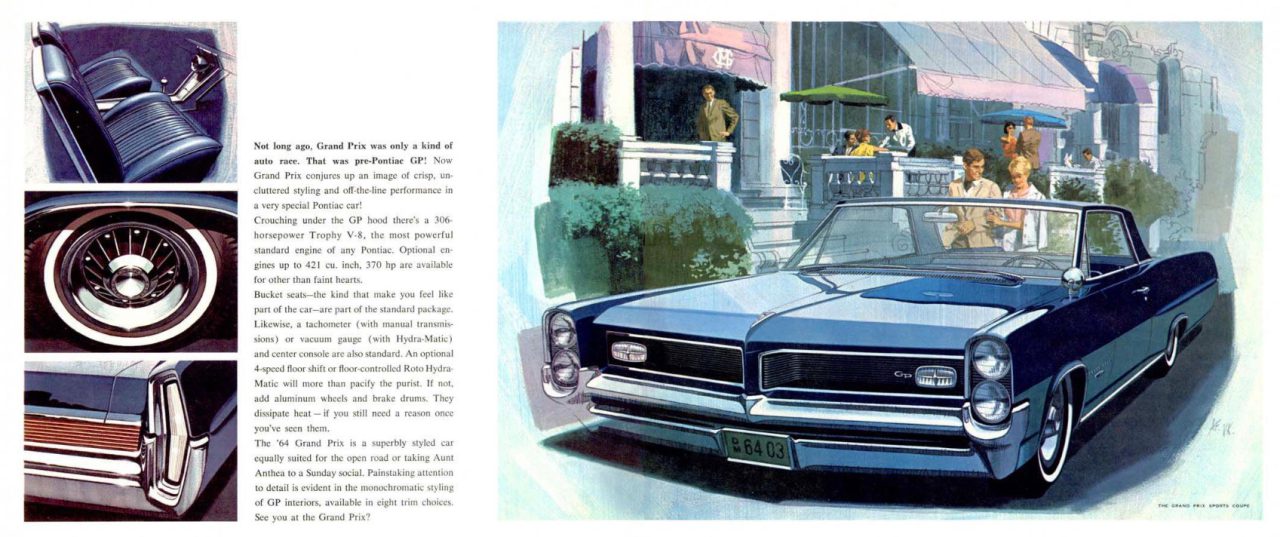
Catalina continued to play the entry-level role in the standard Pontiac series. It also offered the largest array of body styles among Pontiac’s big-car series: two- and four-door sedans, two- and four-door hardtops, and a convertible. For the two-door hardtop and convertible, a new 2+2 package offered a sporty interior with buckets and console. There also were two Catalina wagons called Safari, one holding six passengers and the other capable of carrying nine.
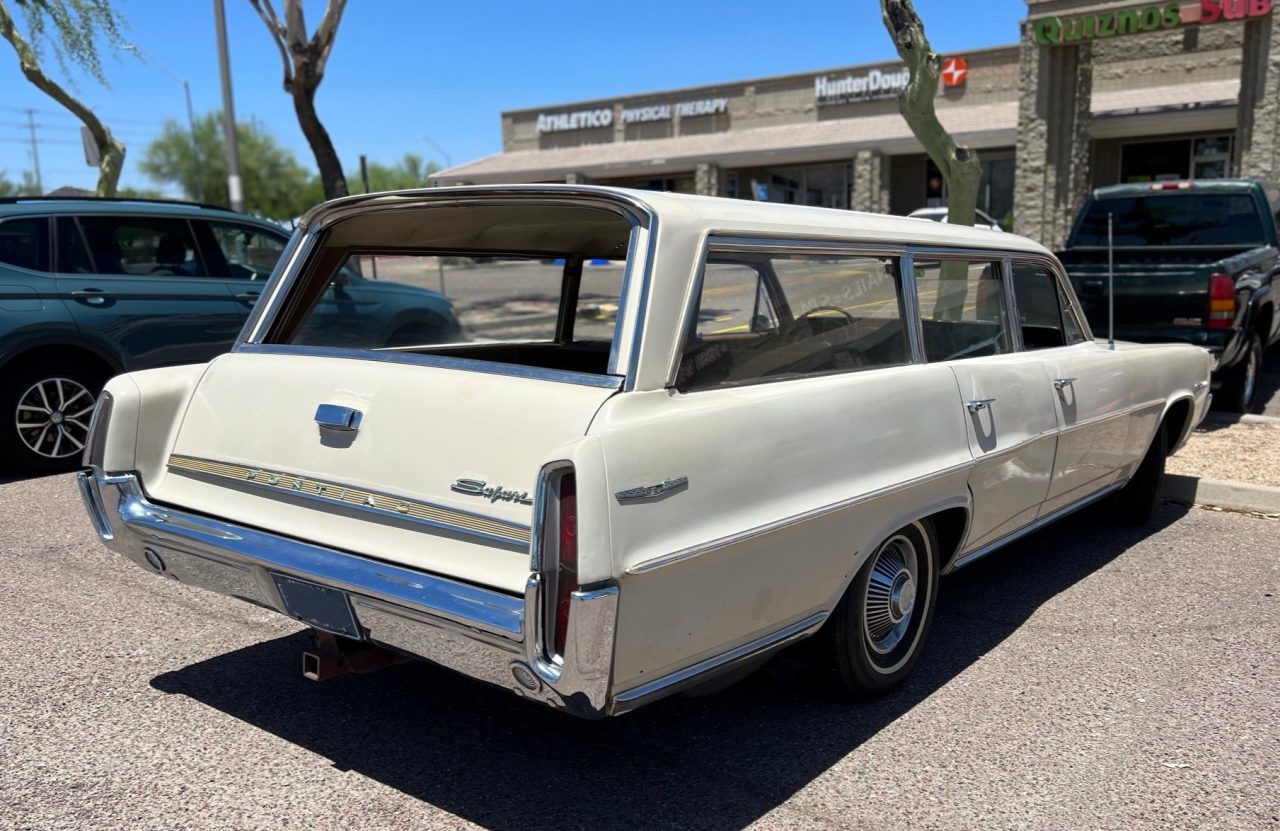
Like all Pontiacs, the Catalina Safari’s standard engine was a 389, though the state of tune is what distinguished the Catalina from pricier models: 235 horsepower with the standard three-speed manual, or 267 horsepower if Hydra-Matic automatic transmission was opted; the latter required premium fuel, though the 230-horsepower Trophy 389E was available for those who wanted regular fuel and an automatic.
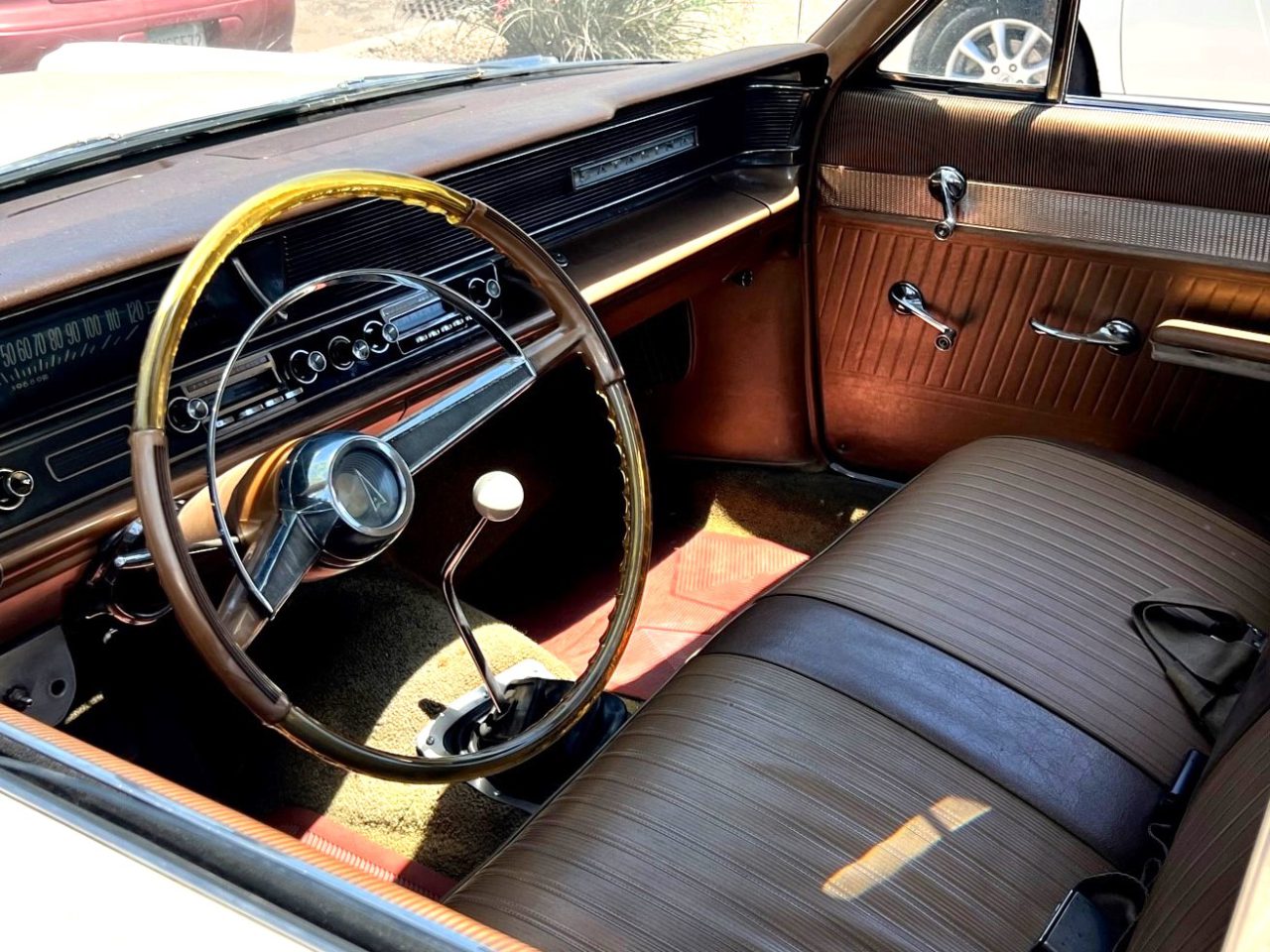
Of course, the rate of attrition for station wagons tends to be higher than coupes and sedans, so stumbling upon an old long-roof like this Catalina Safari is a rare opportunity despite over 33,000 being built. But what makes this Alamo Beige Pontiac truly special is what’s inside: a four-speed shifter. How unusual in a wagon! Plus, if you wanted a four-speed in a Catalina Safari, you needed to step up to the 306-horsepower 389 four-barrel. If you desired even more horsepower, you could opt for the 330-horse 390 Tri-Power or one of the 421s with up to 370 horsepower. Due to the lack of 421 badging, this wagon likely has one of those two 389s. Imagine a Tri-Power wagon with a four-speed!
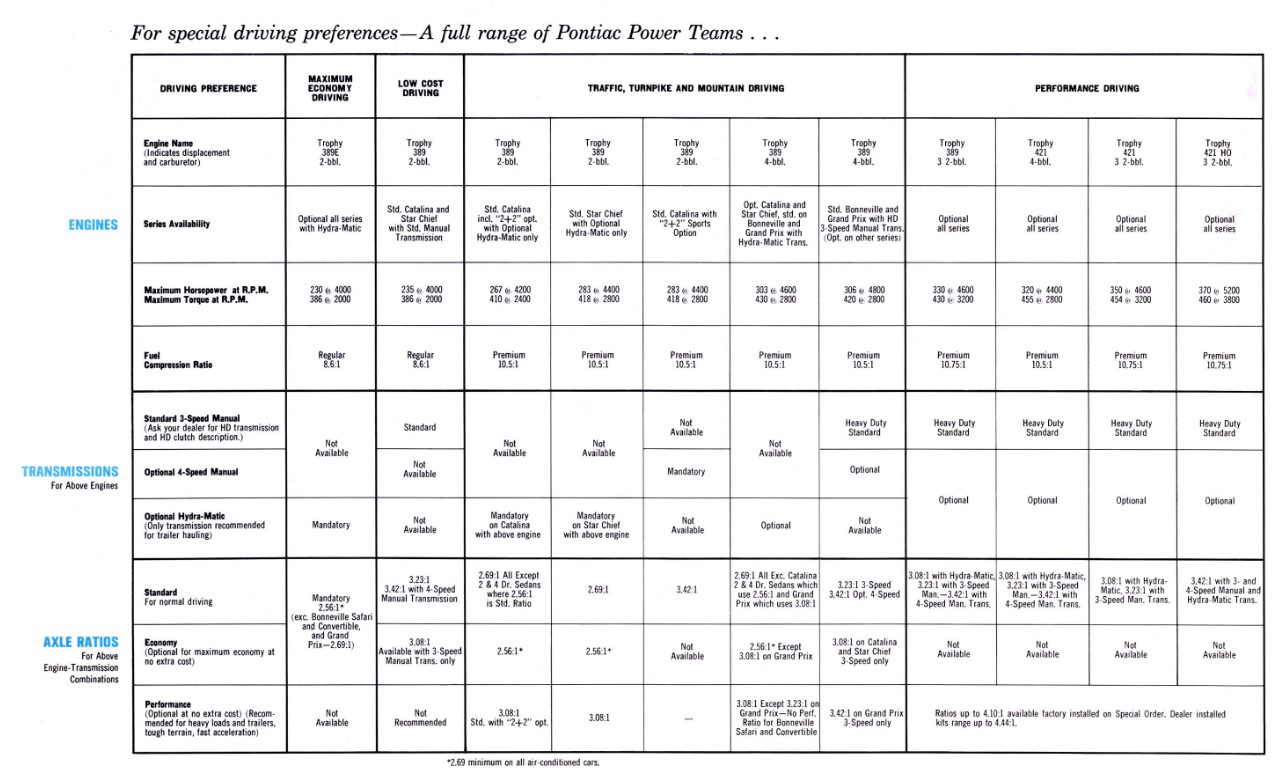
It just goes to show that it always pays to check out the interior of a car because you never know if it will be more special than what initial appearances suggest. Of course, there’s no way for me to know whether it’s a factory four-speed wagon without speaking to the owner, but Pontiac did produce a handful of vehicles like this back in an era when it was available.



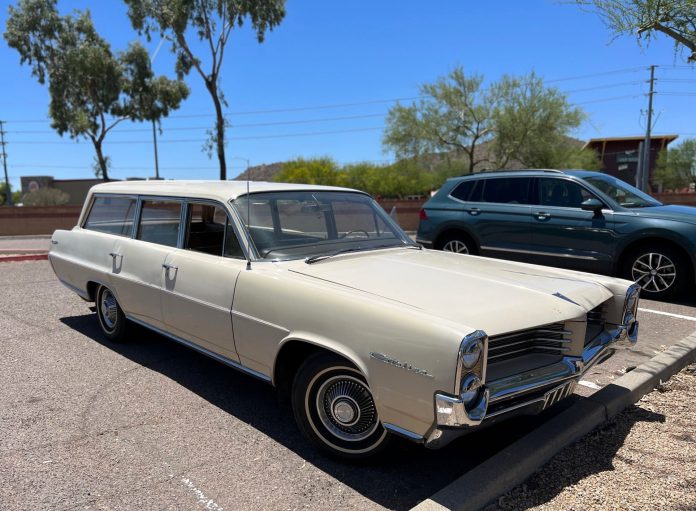


Nice! Those vertical taillights/housings in back give it that ‘hearse/ambulance” vibe – especially with no roof rack. I also wonder if it had that (2 way (later 3-way it seems to me, in some American wagons) – rear tailgate door – you know, opens from/to one side or opens down flat? a look-see underneath might have given more info on the drive train/trans – that floor shifter set-up looks like after-market to me, but what would they have done – take the “on the tree” automatic off? You will note there is a small recessed oval window in the dash that looks blank (no initials w/red indicator for gear position) that would (possibly) have been used for an automatic with the typical on-the-column shifter to inform the driver, and be illuminated at night, so, maybe the owner cuts the whole in the floor, swaps out (in) a standard transmission, decommissions the in-dash R-P-N-D1-D2 viewer, puts a cue ball shifter with the gear pattern routed into the surface, clutch pedal, and voila’ – sleeper wagon!! However, I also see the tow hitch receptacle peeking out at the back bottom of the rear bumper, so maybe the owner went to the standard trans for towing a vintage trailer or the like – and on the ‘n-the-driver’s window’ pic, down at the lower left corner, you will see what might be an after-market brushed aluminum formed plate with what I imagine to be a push button and red indicator light, maybe for a trailer brake-light set-up or other after-market/add-on device controller. Finally, am I imagining things, or does that view from the side show a rear end/suspension that is beefed up so that the wagon sits just a bit tall in the back, from lighter unsprung weight without the tow load? A quick look under/around that back wheel well might further tell the tale – it is, after all, a SAFARI wagon, right? It’s even still got the original blue California license plate. Thanks for the write-up.
Nice! My buddy and myself were hotrodding long roofs before they were cool. Mainly because we couldn’t afford Camaros and such. I did a 67 olds Vista cruiser, stock drivetrain, big money in the stereo and custom wheels. Girls liked it too. My buddy put together a 59 Chevy, looks like a looong Impala. Same basic setup as my Olds. Lots of fun. Thanks for sharing that Pontiac!
Looks like the car in My Three Son
I have been a Pontiac fan since I got my license in 1964 and drove my mothers 64 Bonneville convertible . Also has a 64 and 66 GTOs..
But I never saw a 4speed full size wagon. Must be super rare. I have seen 3 speed on the column cars.
Dad worked at GM’s DelcoRemy plant in Anderson, IN his entire working life. In the ’60s/early ’70s, my whole extended family used his discount, so hot & odd GM stuff was the story; this looks like something Dad would have ordered for my Uncle Don & Aunt Dorothy, who were popup camper & water ski folks. Pontiacs of this era did reverse at the bottom, so the shift quadrant would read: P-N-D-L-R. In a manual car the dash window would still be there, w/o lettering or an indicator needle, so one can’t claim conversion on just seeing the space for the auto shift quadrant; I blew up the pic and what I don’t see is the auto shift collar around the steering column. So if it is a conversion, someone also got the correct floor shift column in the correct color (or painted one). Details matter. I’m thinking it is a factory stick shift car- why else would someone care so much to preserve it? What is needed is either the build sheet, or a pic of the body tag. Nice ride anyway it plays out.
Owner saw the pic on FB and confirmed an original 4-speed wagon.
Those cars were big and roomy but we’re made for people with families in mind . Yes , they were stylish but in no means ” economical” like the imports of today ! Of course , back then , we didn’t worry about fuel economy as ” bigger was better ! Now we are trending towards electric vehicles and the like . How times have changed !!